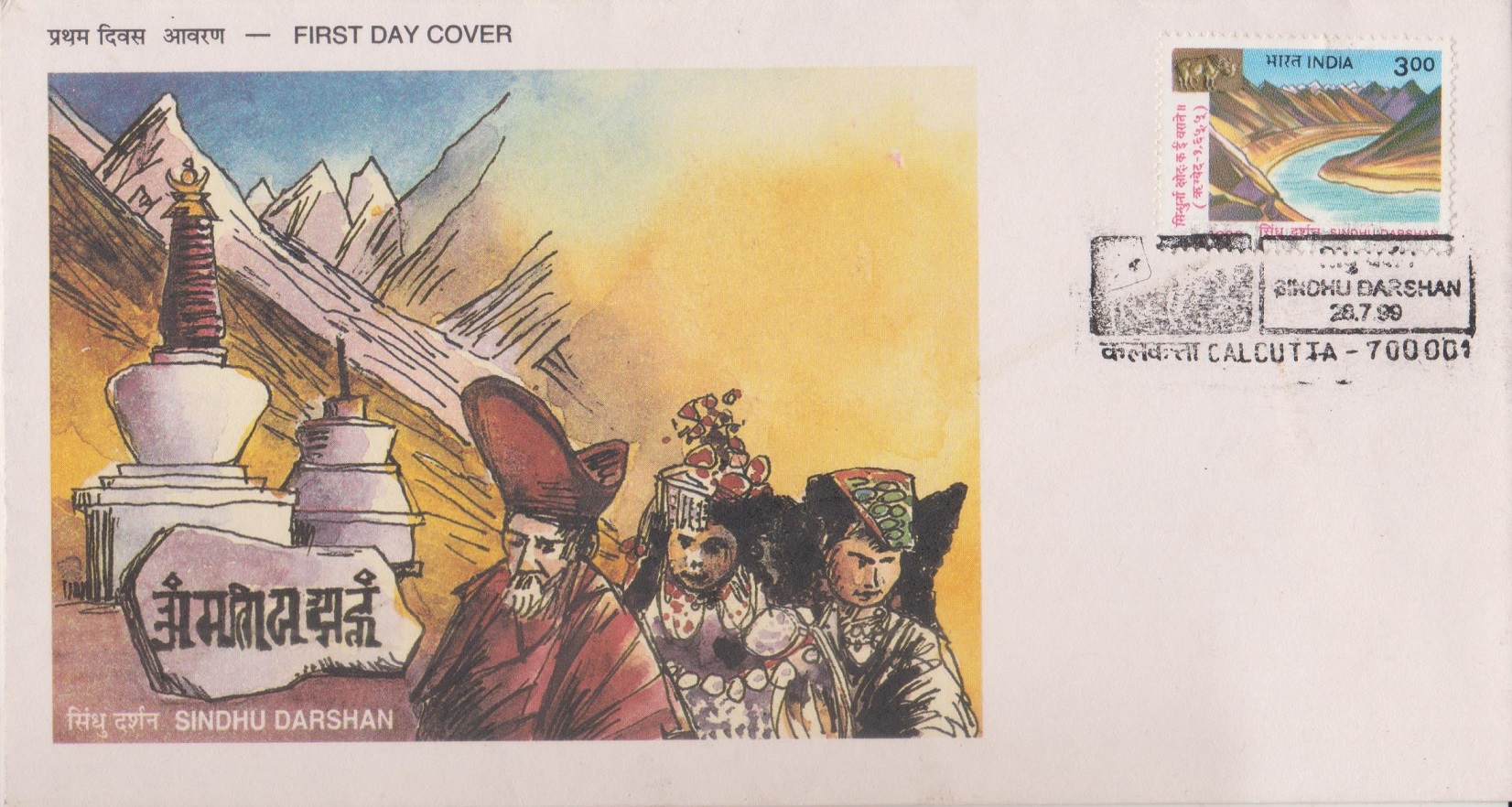
Sindhu Darshan
A commemorative postage stamp on the Indus River (Sindhu), one of the longest rivers in Asia, originating in Tibetan Plateau and merge into Arabian Sea :
 Issued by India
Issued by India
Issued on Jul 28, 1999
Issued for : The Department of Posts is happy to issue this special stamp on the ‘Sindhu’ so irrevocably a bond with the country’s glorious ancient civilisation, on the occasion of the Sindhu Darshan Festival (Abhiyan).
Design : The stamp depicts a landscape in the upper reaches of the Sindhu with an inset of the famous ‘Vrishabha’ (bull) seal of the Indus Valley Civilisation and a line, from the ‘Rig Veda’, describing the Sindhu [“So swift is Sindhu, nothing can impede“ (Rig Veda-1, 65, 5)].
The design of the First Day Cover blends some cultural and topographical aspects of Ladakh.
Credits :
Stamp & FDC : R.N. Pasricha
Cancellation : Alka Sharma
Type : Stamp, Mint condition
Colour : Multi Colour
Denomination : 300 Paise
Overall size : 3.91 x 2.90 cms.
Printing size : 3.55 x 2.54 cms.
Perforation : 13 x 13
Paper : Imported un w/m Adhesive Gravure Coated Stamp Paper in Sheets 50.8 x 53.5 cms.
Stamps Printed : 1.4 Million
Number per issue sheet : 35
Printing Process : Photogravure
Printer : India Security Press, Nashik
About :
- The mighty Sindhu (Indus) river, symbolises the power and permanence of the ancient Indian Civilisation which evolved over a period of thousands of years. The archaeological discovery of the Indus Valley civilisation which flourished along its banks has reinforced the antiquity of the Indian Civilisation.
- A great trans-Himalayan river, Sindhu is one of the longest rivers in the world, having a length of 2900 km. The name “Sindhu” is mentioned in the ‘Rig Veda’, the earliest chronicles of ancient India and is the source of the country’s name. It rises in south-western Tibet near Mansarovar Lake at an attitude of 16000 ft., enters India near Demchok in Ladakh (Jammu & Kashmir) and is soon joined on its left by its first tributary, Zanskar. Further down, other streams like Shyok, Shigar, Hunza and Gilgit join the Sindhu bringing water from glaciers east of Nanga Parbat. Sindhu finally flows west, crosses the Kashmir border near Batalik and enters Pakistan. The ancient epic ‘Ramayana’ gives the title ‘Mahanadi’ to Sindhu, to denote ’the mighty river’. In the ‘Mahabharata’, the Sindhu is reverentially mentioned along with the other two holy rivers, the Ganga and Saraswati. References to the Sindhu are also seen in many ancient literary works such as Kalidasa’s ‘Raghuvamsa’. The Rig Veda, has various descriptions of this mighty river. The sound of the rapidly cascading Sindhu is said to reverberate to the skies and the river is compared to a thundering bull.
- The project ‘Sindhu Darshan’, was started to focus attention on the heritage of the ancient Indian Civilisation and Culture that ‘Sindhu’ symbolises. It aims to celebrate the Sindhu as a symbol of this country’s ethnic diversity and to promote communal harmony. Further, attention is sought to be focussed on cultural and topographical beauty of the landscape of Ladakh. These aspects are sought to be blended in the design of the First day Cover which also carries inscription of the hymn ‘mantra’, chanted by Buddhists in the area, a prayer in praise of God.
- Text : Based on materials supplied by Shri Tarun Vijay, Convener, ‘Sindhu Darshan Abhiyan’.


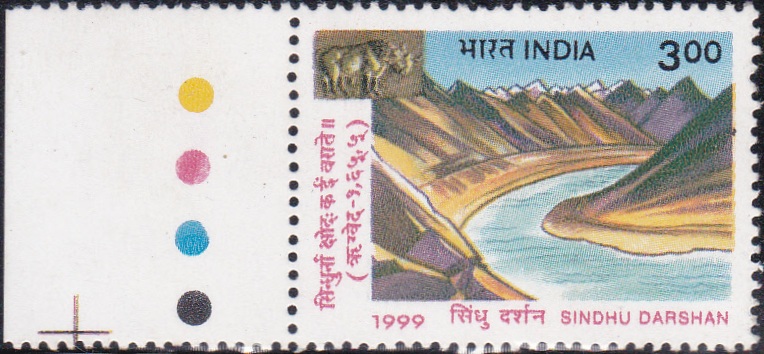
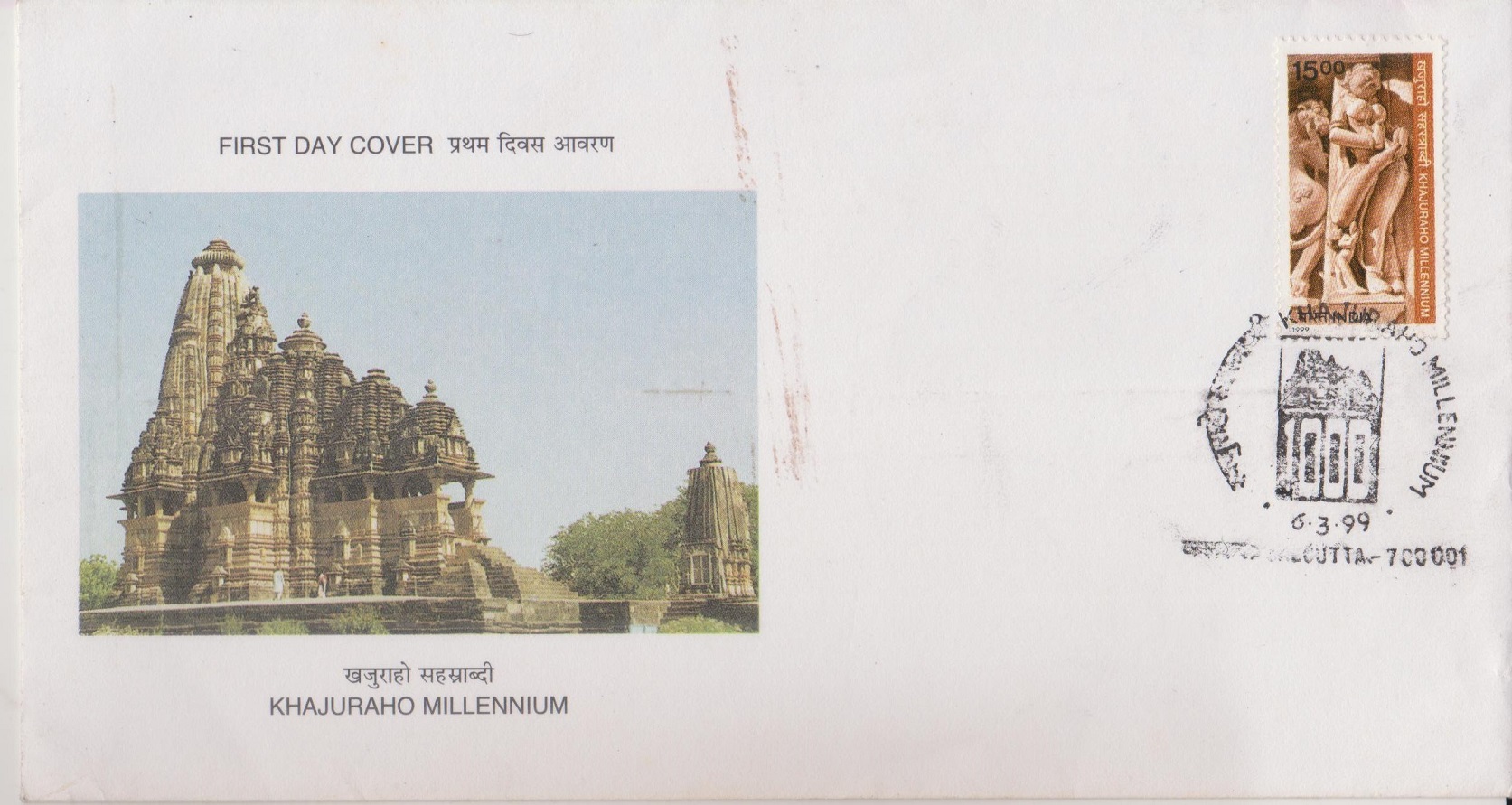
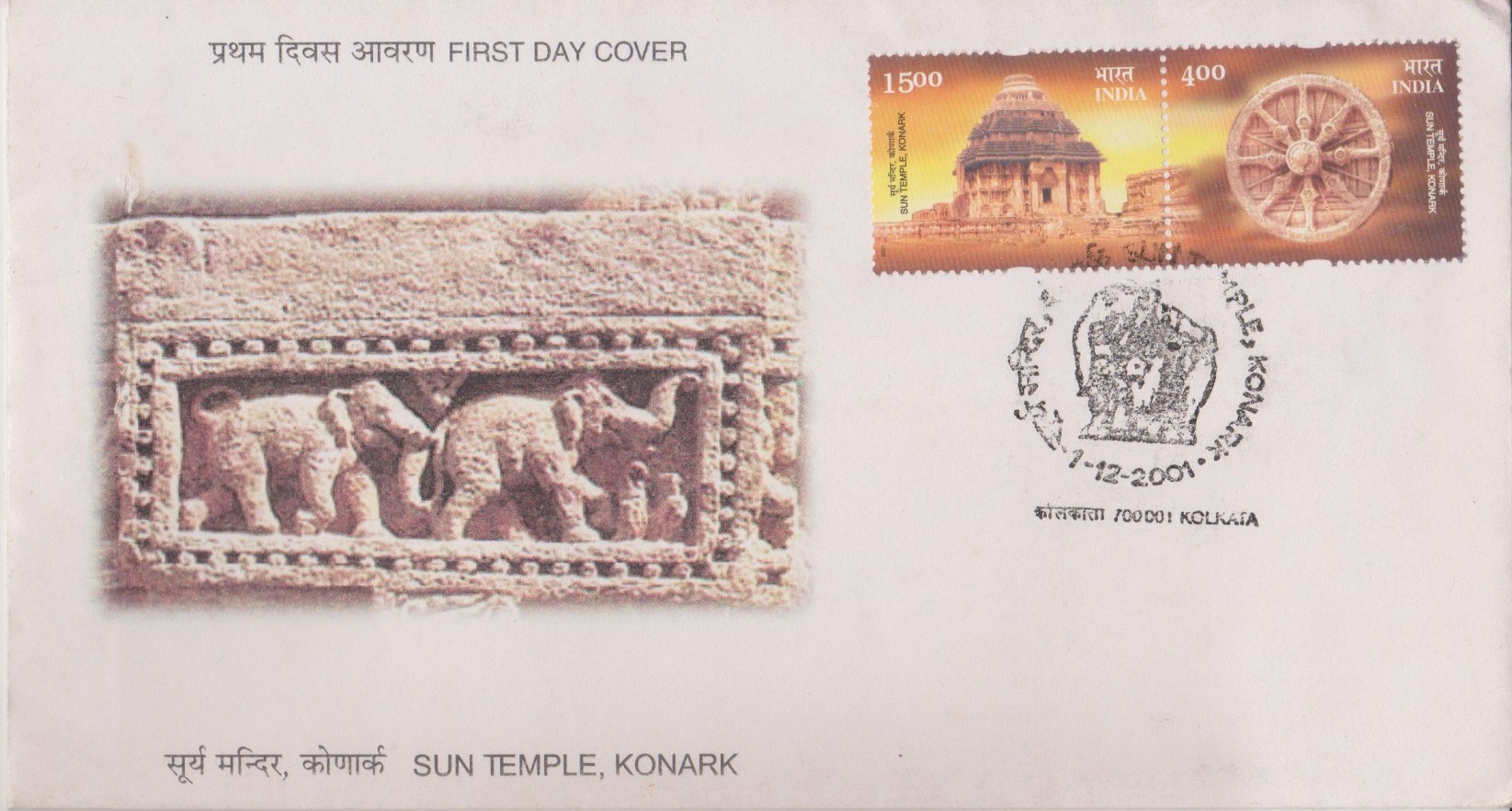
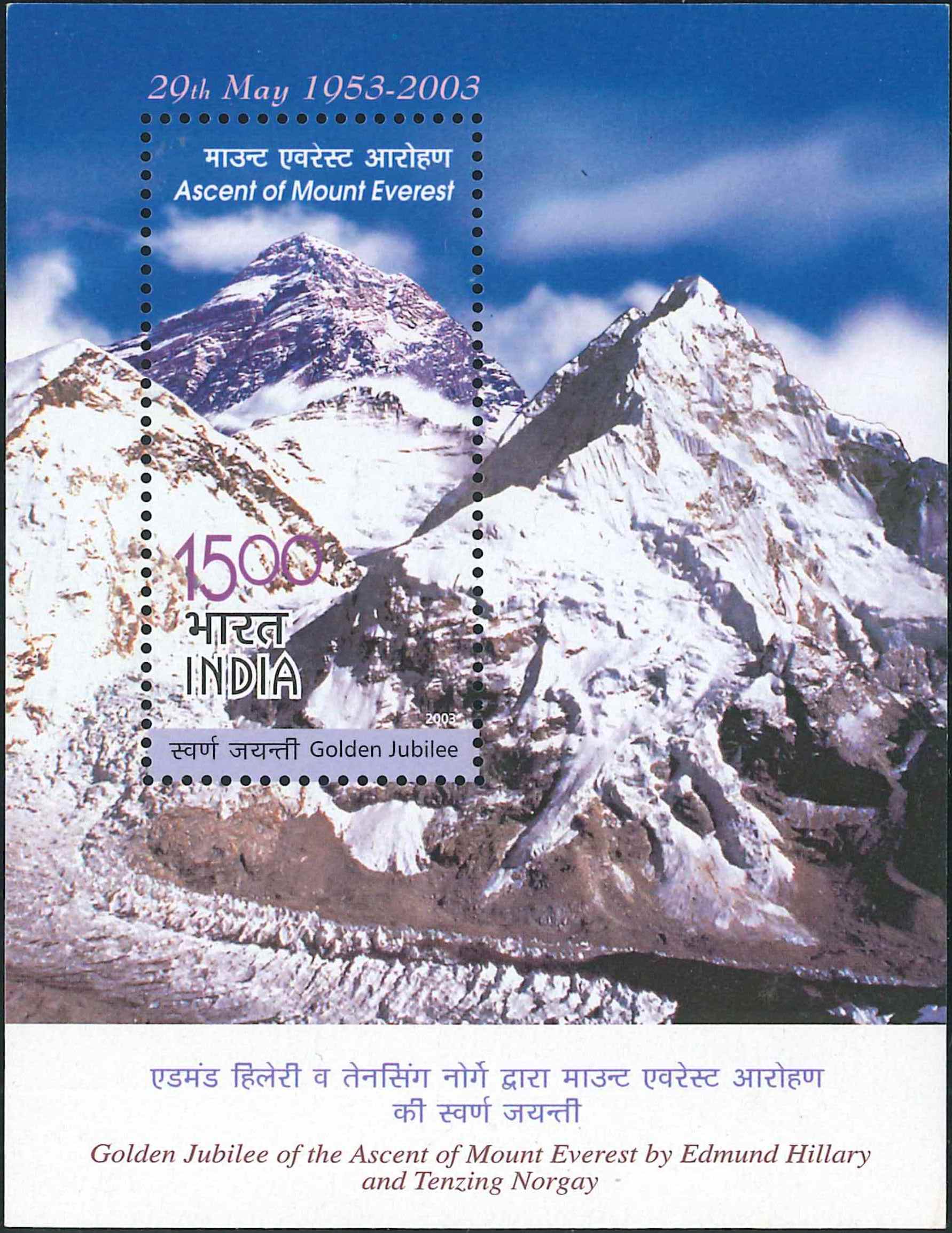
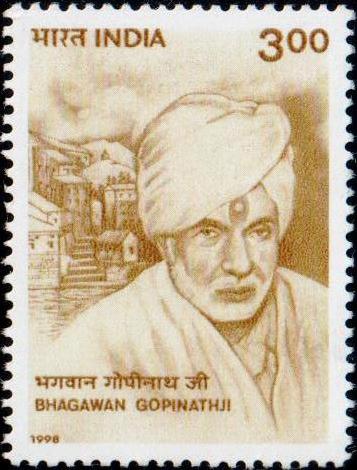
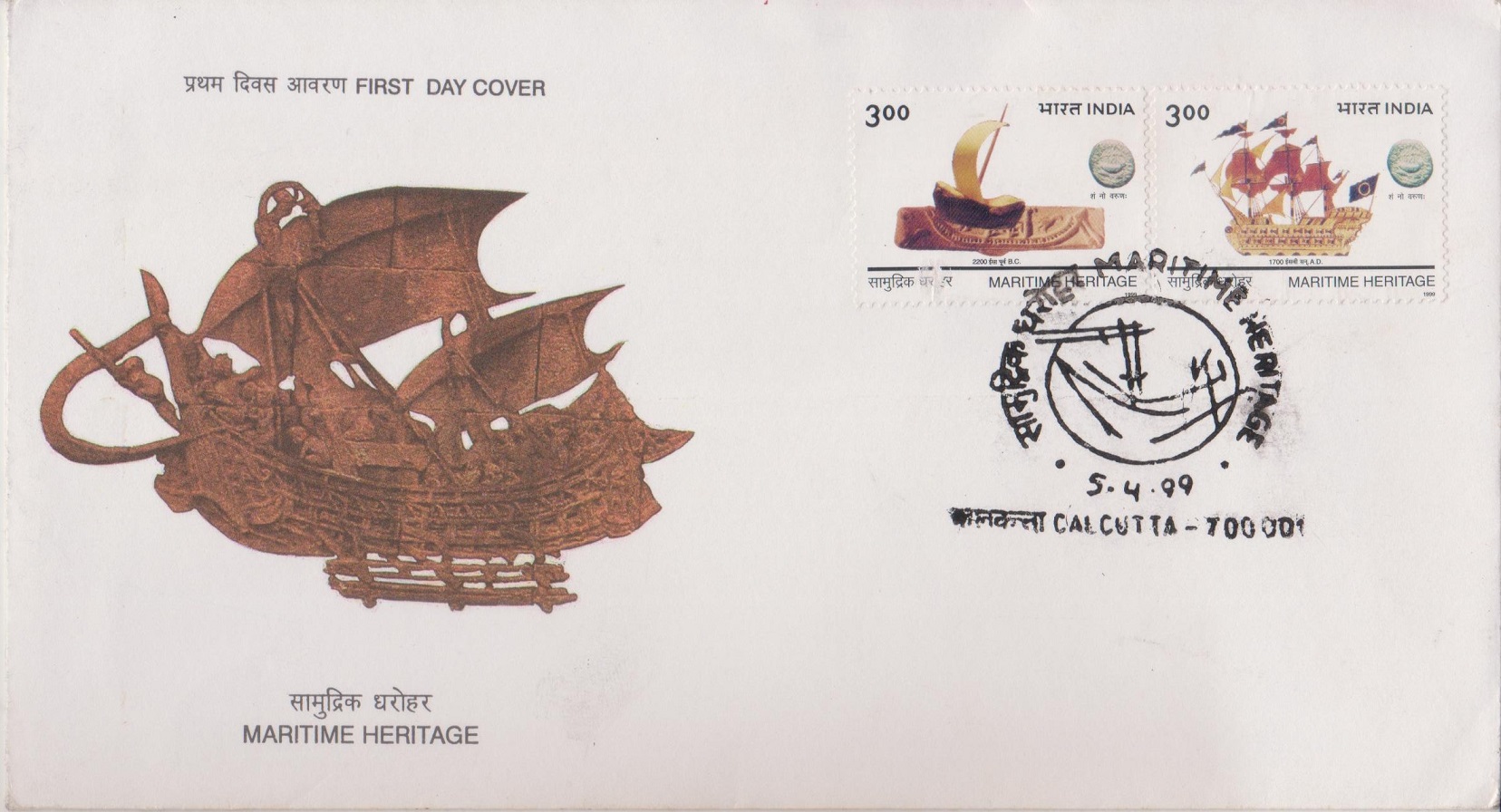
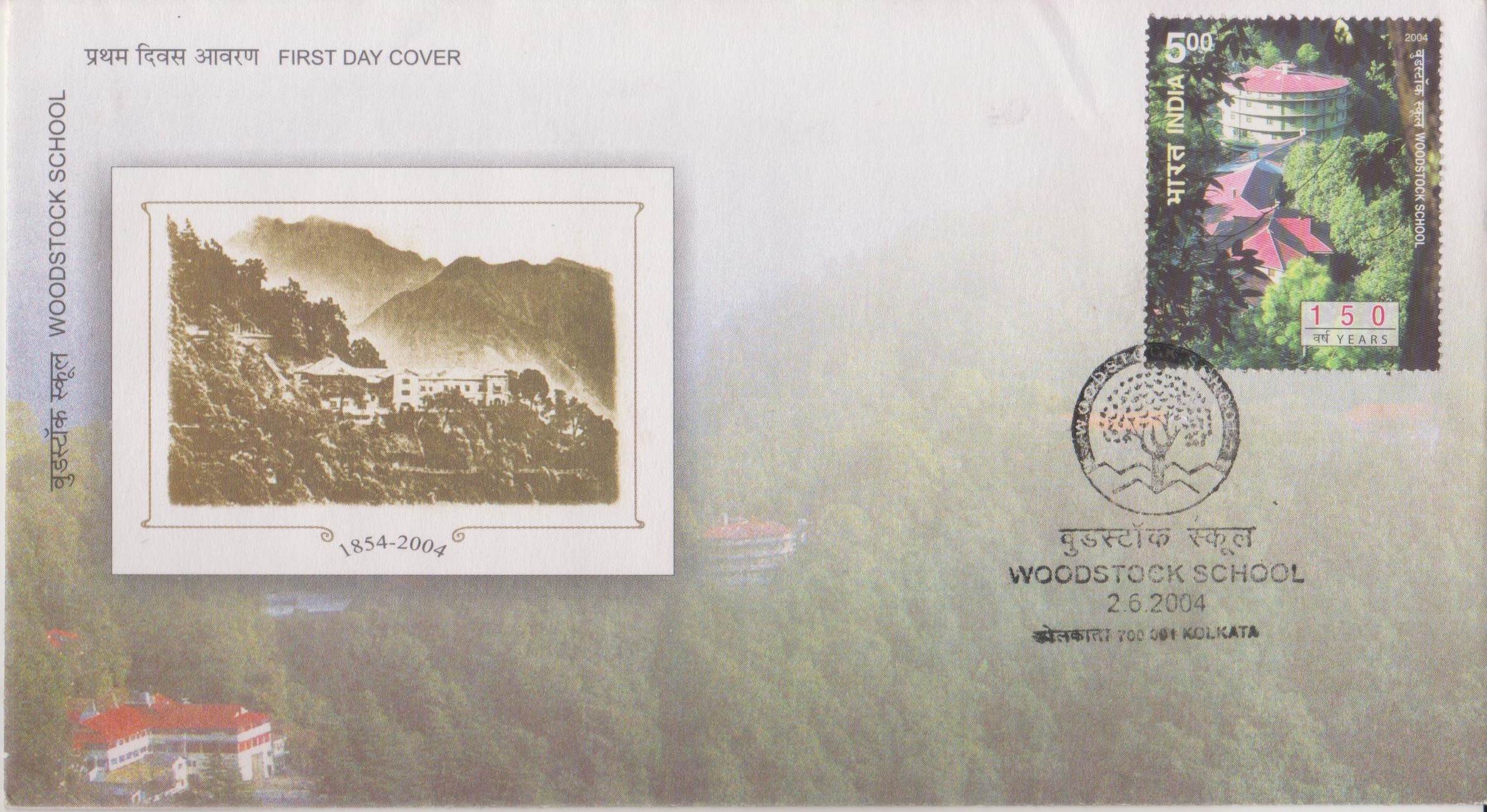
[…] the administration, assisted by a regency council. In 1175 CE, Muhammad of Ghori crossed the Indus River and captured Multan. In 1178 CE, he invaded Gujarat, which was ruled by the Chalukyas (Solankis). […]
[…] by water logging and salinity. These two diseases combined with the threat of bank erosion by the Indus River, pose a grim danger to the existence of one of the most valuable cultural legacies of the human […]
[…] exploration in the Indus Valley. The main centre of these remains lies on the west bank of the Indus River at a distance of 9 miles from Dokri, the nearest railway station on the Karachi–Quetta line […]
[…] dead city of Moenjodaro is located on the right bank of the Indus River, about 400 Kilometers North of Karachi. The remarkable discovery of Moenjodaro in 1922 was at first […]
[…] The mainland comprises of four regions, namely the great mountain zone, plains of the Ganga and the Indus, the desert region, and the southern peninsula. Natural resources such as lakes, rivers, forests, […]
[…] was born in Shalatula, a town near Taxila on the Indus River in the present-day North–West Province in Pakistan. The dates given for Panini’s birth […]
[…] monasteries in Ladakh. It is situated around 45 kms in the south of Leh on the west banks of the Indus river. This biggest and very richly endowed monastery of Ladakh was built in 1630. The monastery is […]
[…] Saiyyad Salar Masud, a nephew of Mahmud of Ghazni, invaded India at the age of 16. He crossed the Indus river, and conquered Multan, Delhi, Meerut and finally Satrikh in Uttar Pradesh. At Satrikh, he […]
[…] known as National Highway-2) ran from Sonargaon in Bengal through Agra, Delhi and Lahore to the Indus. The other important roads build by him are from Agra to Burhanpur and on up to Mandu, from Agra to […]